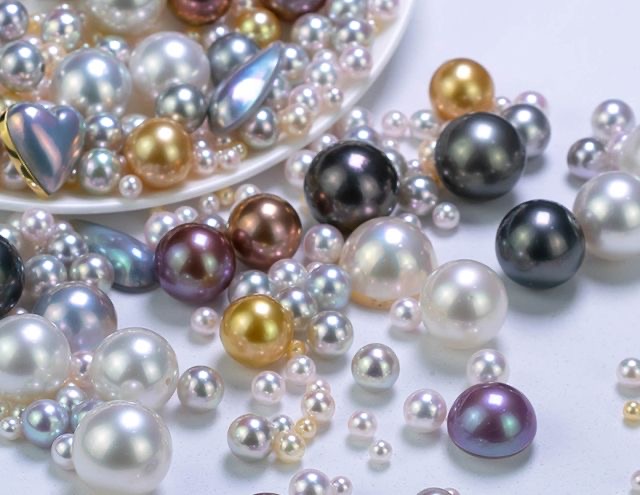Freshwater pearls, as their name suggests, are pearls that are cultivated in freshwater environments such as rivers, lakes, and ponds. These pearls are formed by mollusks that are specifically bred for the purpose of pearl cultivation. Freshwater pearls come in a variety of shapes, sizes, and colors, and are classified based on these characteristics.
- Shape The shape of a pearl is one of the most important factors in its classification. Freshwater pearls can be round, oval, button, drop, baroque, or circled. Round pearls are the most valuable, as they are the rarest and most difficult to cultivate. Oval pearls are also highly valued, as they are similar to round pearls but have a slightly elongated shape. Button pearls are flattened on one side and are often used in earrings and necklaces. Drop pearls are elongated and tapered at one end, and are popular in pendants and earrings. Baroque pearls are irregular in shape and can be highly valued for their unique appearance. Circled pearls have distinctive ridges or rings around their circumference.
- Size The size of a freshwater pearl is also an important factor in its classification. Pearls are measured in millimeters, and the larger the pearl, the more valuable it is. Freshwater pearls can range in size from 1mm to over 15mm. The most common sizes for freshwater pearls are between 6mm and 8mm.
- Color Freshwater pearls come in a wide range of colors, including white, cream, pink, peach, lavender, and black. The color of a pearl is determined by the color of the mollusk’s inner shell lining. Pearls that are white or cream-colored are the most common, while colored pearls are more rare and can be more valuable.
- Luster Luster refers to the way that light reflects off of the surface of a pearl. A pearl with high luster will have a bright, shiny appearance, while a pearl with low luster will look dull and lifeless. High luster pearls are the most valuable, as they are the most reflective and have the greatest depth of color.
In conclusion, freshwater pearls are classified based on their shape, size, color, and luster. The most valuable pearls are those that are round, large, and have high luster. However, the value of a pearl ultimately depends on a variety of factors, including rarity, demand, and market conditions.


